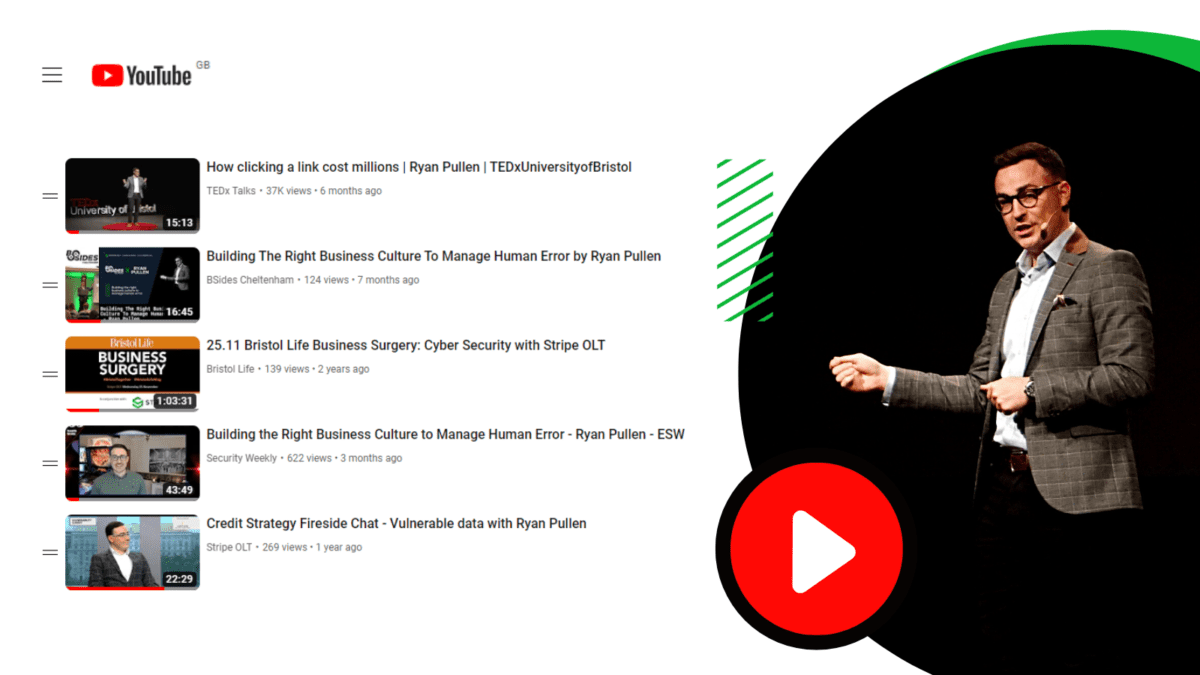
“We needed to find solutions to a variety of issues whilst being a complex business, operating in a 24/7 environment. Stripe OLT listened and understood immediately the challenges we faced.”







“We needed to find solutions to a variety of issues whilst being a complex business, operating in a 24/7 environment. Stripe OLT listened and understood immediately the challenges we faced.”







“We needed to find solutions to a variety of issues whilst being a complex business, operating in a 24/7 environment. Stripe OLT listened and understood immediately the challenges we faced.”






Request a Call-back.
First we need a few details.
Keep up to date with the experts
Get insights directly to your email inbox
Follow us on social

“We needed to find solutions to a variety of issues whilst being a complex business, operating in a 24/7 environment. Stripe OLT listened and understood immediately the challenges we faced.”






Request a Call
First we need a few details.

Let’s get straight to it – companies have been sold the idea that MFA is a magic bullet to prevent data breaches, it isn’t. It is simply a deterrent.
Social engineering is known to be a very effective way to bypass MFA (Multi-Factor authentication). Most commonly, through MFA fatigue or pretending to be from the I.T department… With 323,972 social engineering attacks reported to the FBI between 2017-2021, it shouldn’t come as a huge surprise that a big juicy target like Uber & Rockstar were hit. Realistically, this number will increase dramatically, year after year.
Humans will always be the weakest link. You can be locked up like a fortress, but all it takes is a single clever attacker or an over-worked employee who is tired, for the attack to be successful. People naturally are less aware when their busy working, or if untrained, they aren’t equipped to spot the right signs of an MFA fatigue attack.
An MFA Fatigue attack is when a malicious threat actor runs a script repeatedly, attempting to log in with stolen credentials again and again. This creates (what feels like) an endless stream of MFA push notifications, to be sent to the account owner’s device.
Their intention? To break down the target’s cyber security posture and inflict fatigue via the MFA prompts.
Training a user to report MFA prompts that they haven’t requested is pivotal in keeping your network secure. It should be best practice to teach all employees to ask questions like, “Why would I.T call me about this? Is this normal?”.
With regards to the impersonation attack for Rockstar, people think this should be difficult to pull off in a big organisation, that is quite the opposite in my opinion. Smaller businesses know their employees. They know Dave from IT and they know that there is no John from IT. They know company practices and because work interrelationships are stronger, workers are more inclined to raise a concern when they have it.
In larger organisations, however, these can be lost. “I’ve never spoken to anyone in IT before, so John must work here…” – They don’t know what standard procedure is within IT departments and that’s likely because it’s not a part of their day-to-day job.
My thoughts? Uber & Rockstar shouldn’t be condemned outright for this attack – unfortunately it’s true that most companies, big & small, could have fallen victim to this attack, and you’re only as strong as your weakest link…
